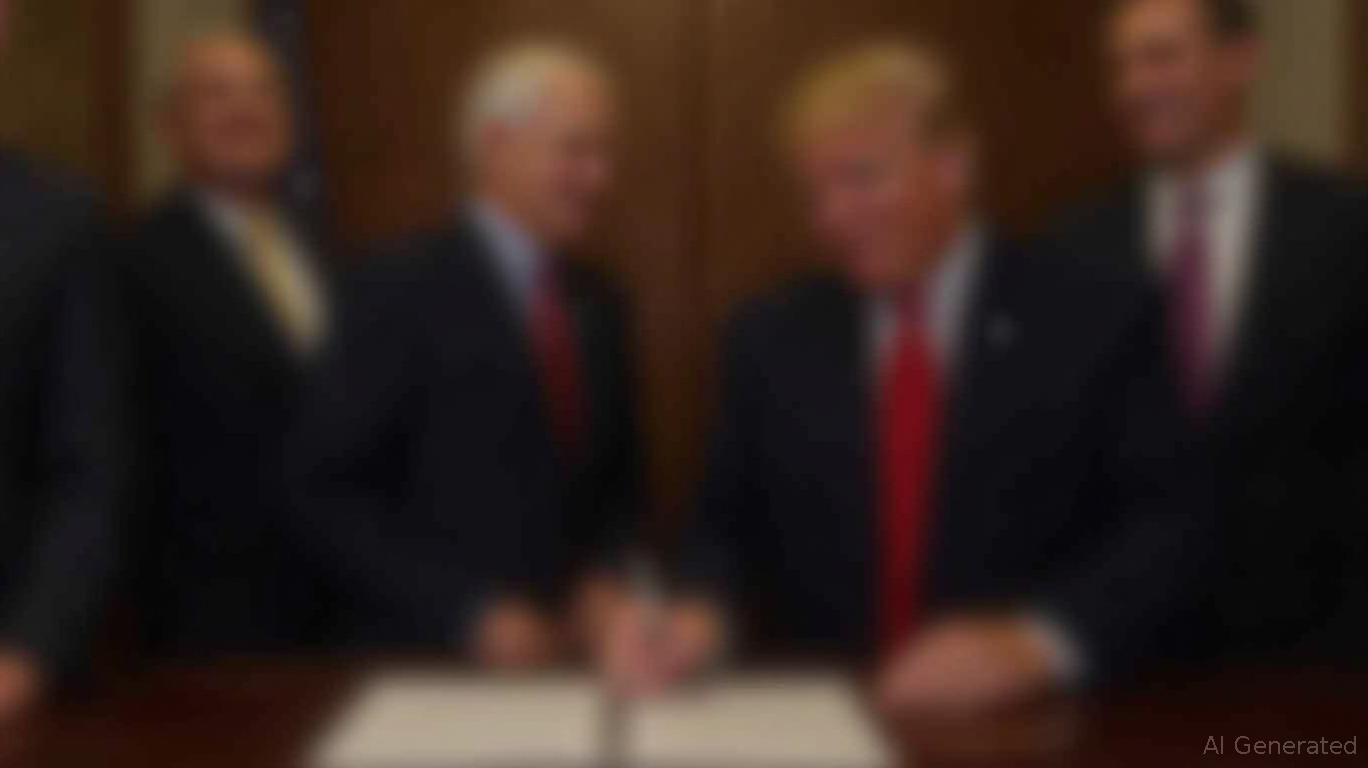Trump’s CZ Clemency Lifts Crypto Market, Yet Legal Analysts Skeptical About SBF Receiving Pardon
On October 24, 2025, the cryptocurrency sector experienced a dramatic resurgence after U.S. President Donald

Despite the excitement, legal professionals and market analysts remain doubtful about SBF’s likelihood of receiving clemency. Jake Chervinsky, a lawyer specializing in crypto, described the notion of pardoning SBF as "genuinely shocking," emphasizing that SBF’s 25-year sentence for fraud and misappropriation of billions in customer assets is far more serious than CZ’s regulatory violations. Sasha Hodder, founder of Hodder Law, pointed out that "CZ was never accused of misusing client funds or committing fraud," and noted that Binance "functioned as a legitimate exchange," as reported by Cointelegraph. At the same time, Trump justified CZ’s pardon, asserting that he was "targeted by the Biden administration" and that his actions "did not constitute a crime," according to a
The pardon triggered a surge of activity in financial markets. On Polymarket, traders wagered more than $6.6 million on SBF’s potential release, with the probability of his freedom climbing to 15.5%. Although CZ’s return to Binance remains uncertain, the likelihood briefly peaked at 82% for a year-end comeback before dropping to 36%. The wider crypto market, buoyed by Trump’s favorable stance, saw
Outside the crypto world, global economic events contributed to the week’s turbulence. Blockchain company Sign revealed a collaboration with Kyrgyzstan’s central bank to introduce a central bank digital currency (CBDC) for 7.2 million people, highlighting the increasing adoption of digital assets in developing economies, according to a
The intersection of geopolitics and financial markets underscored a rapidly evolving environment. While Trump’s pardons hinted at a more lenient regulatory climate for crypto, instability in the Middle East persisted, with Turkish President Recep Tayyip Erdogan urging the U.S. to pressure Israel over ceasefire breaches in Gaza. These factors, along with ongoing U.S.-China trade discussions, kept investors cautious as they navigated a landscape shaped by shifting policies and economic signals, according to a